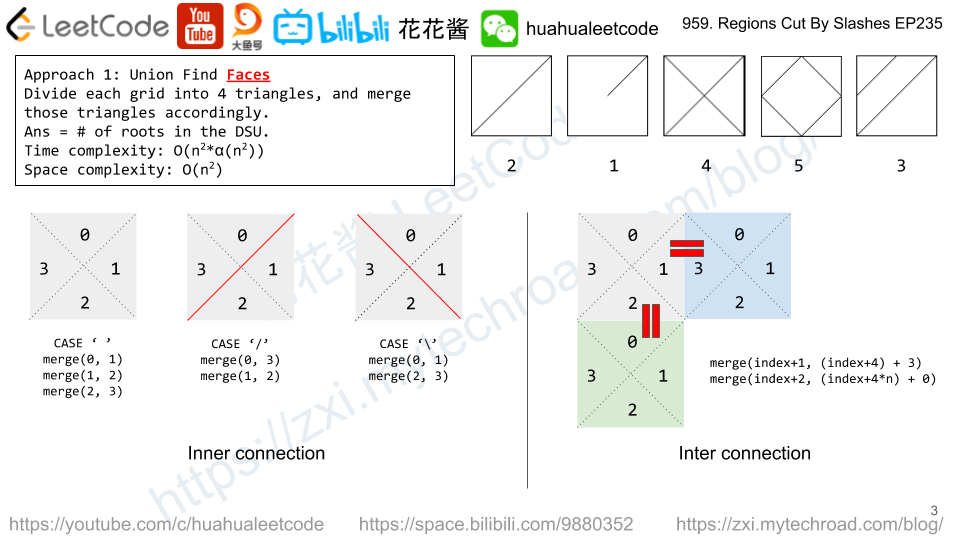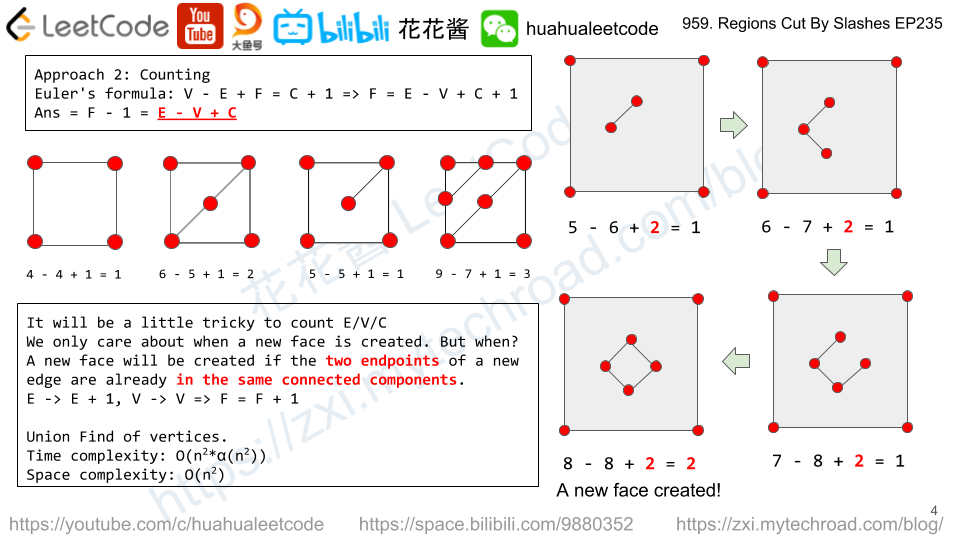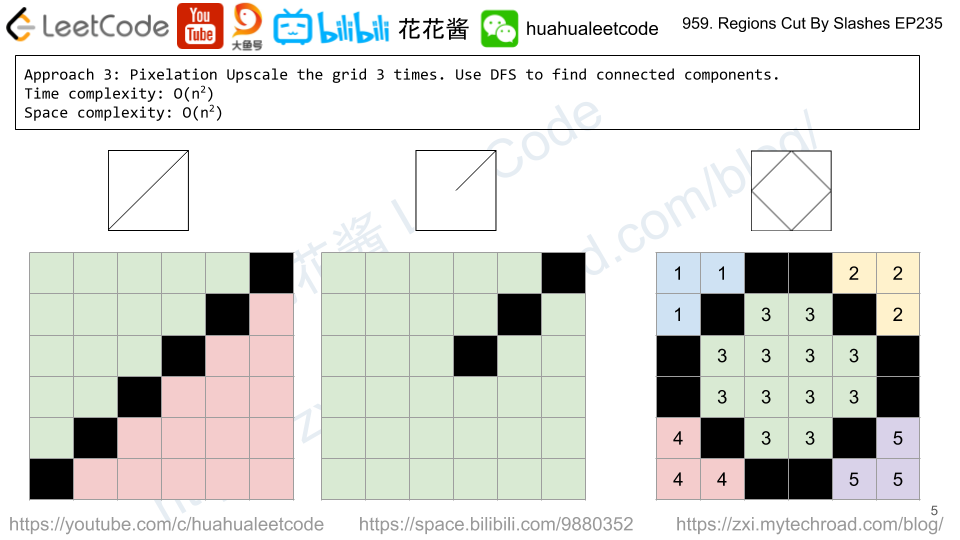In a group of N people (labelled 0, 1, 2, ..., N-1), each person has different amounts of money, and different levels of quietness.
For convenience, we’ll call the person with label x, simply “person x“.
We’ll say that richer[i] = [x, y] if person x definitely has more money than person y. Note that richer may only be a subset of valid observations.
Also, we’ll say quiet[x] = q if person x has quietness q.
Now, return answer, where answer[x] = y if y is the least quiet person (that is, the person y with the smallest value of quiet[y]), among all people who definitely have equal to or more money than person x.
Example 1:
Input: richer = [[1,0],[2,1],[3,1],[3,7],[4,3],[5,3],[6,3]], quiet = [3,2,5,4,6,1,7,0] Output: [5,5,2,5,4,5,6,7] Explanation: answer[0] = 5. Person 5 has more money than 3, which has more money than 1, which has more money than 0. The only person who is quieter (has lower quiet[x]) is person 7, but it isn't clear if they have more money than person 0. answer[7] = 7. Among all people that definitely have equal to or more money than person 7 (which could be persons 3, 4, 5, 6, or 7), the person who is the quietest (has lower quiet[x]) is person 7. The other answers can be filled out with similar reasoning.
Note:
1 <= quiet.length = N <= 5000 <= quiet[i] < N, allquiet[i]are different.0 <= richer.length <= N * (N-1) / 20 <= richer[i][j] < Nricher[i][0] != richer[i][1]richer[i]‘s are all different.- The observations in
richerare all logically consistent.
Solution: DFS + Memoization
For person i , remember the quietest person who is richer than person i.
Time complexity: O(n^2)
Space complexity: O(n)
C++
|
1 2 3 4 5 6 7 8 9 10 11 12 13 14 15 16 17 18 19 20 21 22 |
// Author: Huahua, running time: 108 ms, 31.6 MB class Solution { public: vector<int> loudAndRich(vector<vector<int>>& richer, vector<int>& quiet) { const int n = quiet.size(); vector<vector<int>> g(n); for (const auto& r : richer) g[r[1]].push_back(r[0]); vector<int> ans(n, -1); function<void(int)> dfs = [&](int i) { if (ans[i] != -1) return; ans[i] = i; for (int j : g[i]) { dfs(j); if (quiet[ans[j]] < quiet[ans[i]]) ans[i] = ans[j]; } }; for (int i = 0; i < n; ++i) dfs(i); return ans; } }; |







